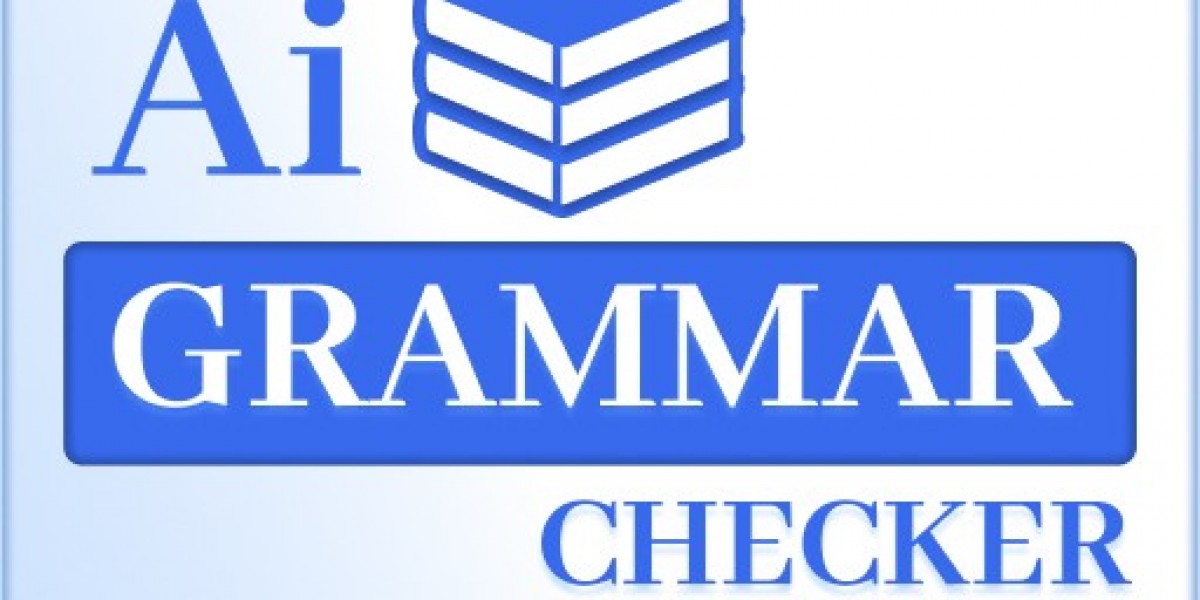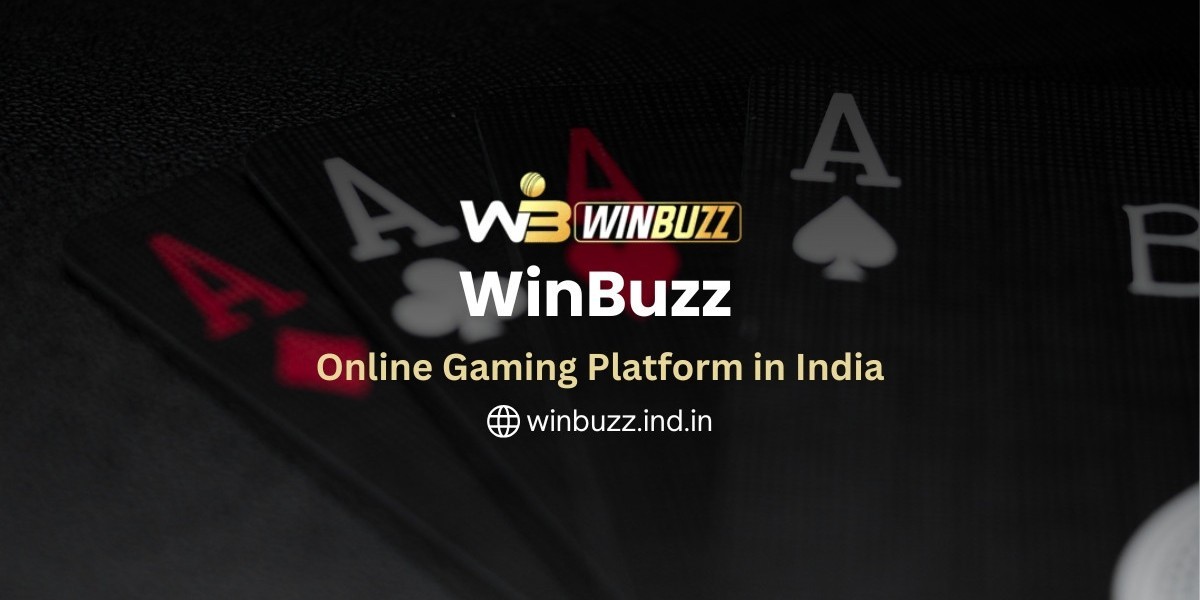The packaging industry is experiencing a wave of innovation, with businesses seeking solutions that not only enhance brand identity but also address cost-efficiency and sustainability goals. Among the most promising advancements is in-mold labeling (IML), a technology that integrates the label into the container during manufacturing, resulting in a seamless and highly durable product. The In-mold Labels Market has become a key enabler of premium packaging in sectors such as food, beverages, household products, and personal care.
Understanding the In-mold Labeling Process
In-mold labeling involves inserting a pre-printed label into a mold before molten plastic is injected. As the plastic takes shape, the label fuses with the container, creating a unified product. Unlike pressure-sensitive or shrink-sleeve labels, IML becomes part of the packaging itself, offering resilience and long-lasting quality.
Printed in-mold labels allow for high-resolution graphics, vibrant colors, and intricate designs that resist wear and tear. This technology eliminates the additional steps of applying adhesives or labels post-production, making the process more efficient and cost-effective in the long run.
Role in Food Packaging Labels
The food industry remains one of the largest markets for IML due to its emphasis on safety, aesthetics, and compliance. Food packaging labels need to withstand refrigeration, handling, and moisture without losing clarity or appeal. In-mold labeling offers exactly that: scratch-resistant, heat-tolerant, and hygienic solutions that preserve branding throughout a product’s lifecycle.
Applications include yogurt cups, butter tubs, ice cream containers, sauces, and ready-meal packaging. With food safety regulations becoming stricter, brands value IML for providing tamper-resistant packaging while ensuring that important nutritional information and branding remain intact.
Growth in Plastic Container Labels
Beyond food, IML is revolutionizing plastic container labels used in personal care, household products, and industrial goods. Unlike traditional labels that may peel or fade, in-mold labels stay embedded in the packaging. This results in a more professional look and ensures brand recognition even after prolonged usage.
For example, cleaning products and shampoos packaged with in-mold labels maintain a consistent appearance despite frequent handling and exposure to moisture. This durability is particularly valuable for products competing on crowded retail shelves.
Smart Labels: A Modern Twist
One of the most exciting developments in the market is the integration of smart labels. By incorporating QR codes, RFID chips, or NFC technology into in-mold labels, brands can offer interactive packaging experiences.
For consumers, this means access to product details, recipes, promotions, or authenticity verification via a smartphone scan. For businesses, smart IML enhances supply chain visibility and reduces the risk of counterfeiting. The fusion of functionality and engagement is making smart labels a strategic priority for global brands.
Competitive Landscape and In-mold Label Suppliers
The market’s success is strongly tied to the innovation and capabilities of in-mold label suppliers. Suppliers are focusing on:
- Developing recyclable substrates to align with sustainability goals.
- Improving print technologies for more vibrant and detailed designs.
- Enhancing efficiency to lower production costs.
- Offering customization options for short-run and specialized packaging needs.
As demand increases, suppliers are also working to reduce the IML packaging price, making the technology accessible for small and medium-sized enterprises, not just global corporations.
Cost Analysis: Understanding IML Packaging Price
While the upfront IML packaging price may be higher compared to traditional labeling methods, its long-term benefits are substantial. Key cost-saving advantages include:
- Elimination of adhesives and extra machinery for label application.
- Reduced labor and production steps due to in-line labeling.
- Lower damage and replacement costs thanks to label durability.
For businesses seeking both operational efficiency and brand enhancement, IML often proves more cost-effective over time. As adoption grows, economies of scale are expected to further reduce costs.
Printed In-mold Labels and Sustainability
Sustainability is no longer optional—it is a necessity. One of the strongest selling points of printed in-mold labels is their eco-friendly profile. Since the label and container are made from the same material, they can be recycled together, simplifying waste management.
By eliminating adhesives and secondary labels, IML reduces contamination in recycling streams. Additionally, suppliers are experimenting with biodegradable and lightweight materials to support the shift toward circular economies. For global brands under pressure to reduce their environmental footprint, in-mold labels offer a clear path toward greener packaging.
Regional Insights into the In-mold Labels Market
- Europe: Leading the adoption of IML due to stringent sustainability regulations and high consumer demand for premium packaging.
- North America: Growing demand for convenience foods and personal care products is boosting IML usage.
- Asia-Pacific: Rapidly emerging as a growth hub, driven by rising disposable incomes, urbanization, and expansion of the packaged food sector.
- Latin America and Middle East: Opportunities are rising as local manufacturers explore cost-effective, durable labeling technologies.
This global spread underscores the versatility and universal appeal of in-mold labeling across diverse markets.
Key Market Trends
- Digital Printing Integration: Short-run, customized printing is gaining traction.
- Lightweight Plastic Packaging: Increasing adoption of thinner materials with IML compatibility.
- Smart Packaging: Demand for connected, interactive packaging solutions.
- Automation in Manufacturing: Greater reliance on automated processes to speed up production and reduce costs.
These trends collectively highlight the innovation-driven nature of the In-mold Labels Market.
Challenges Ahead
While the growth outlook is strong, the industry faces a few challenges:
- High Initial Costs: Small businesses may find the initial investment challenging.
- Complex Production Process: Specialized machinery and skilled labor are required.
- Competition from Alternative Labeling Methods: Shrink-sleeve and pressure-sensitive labels remain widely used in some regions.
However, continuous innovation and falling costs are expected to minimize these barriers over time.
Future Outlook
The In-mold Labels Market is set to expand rapidly, driven by a combination of consumer preferences, regulatory requirements, and technological innovation. As sustainability becomes central to corporate strategies, IML offers a solution that balances environmental responsibility with aesthetic and functional appeal.
With strong contributions from in-mold label suppliers, growing affordability in IML packaging price, and increasing adoption of smart labels, the technology is on track to redefine packaging across multiple industries.
Conclusion
In-mold labeling is more than a packaging technique—it is a strategic tool for brand differentiation, operational efficiency, and sustainability. By embedding the label into the product itself, IML provides unmatched durability, aesthetic appeal, and recyclability. Its rising use in food packaging labels, plastic container labels, and printed in-mold labels highlights its versatility and relevance in today’s competitive market.
As smart features and cost efficiencies continue to evolve, the In-mold Labels Market is positioned as one of the most transformative trends shaping the future of global packaging.








